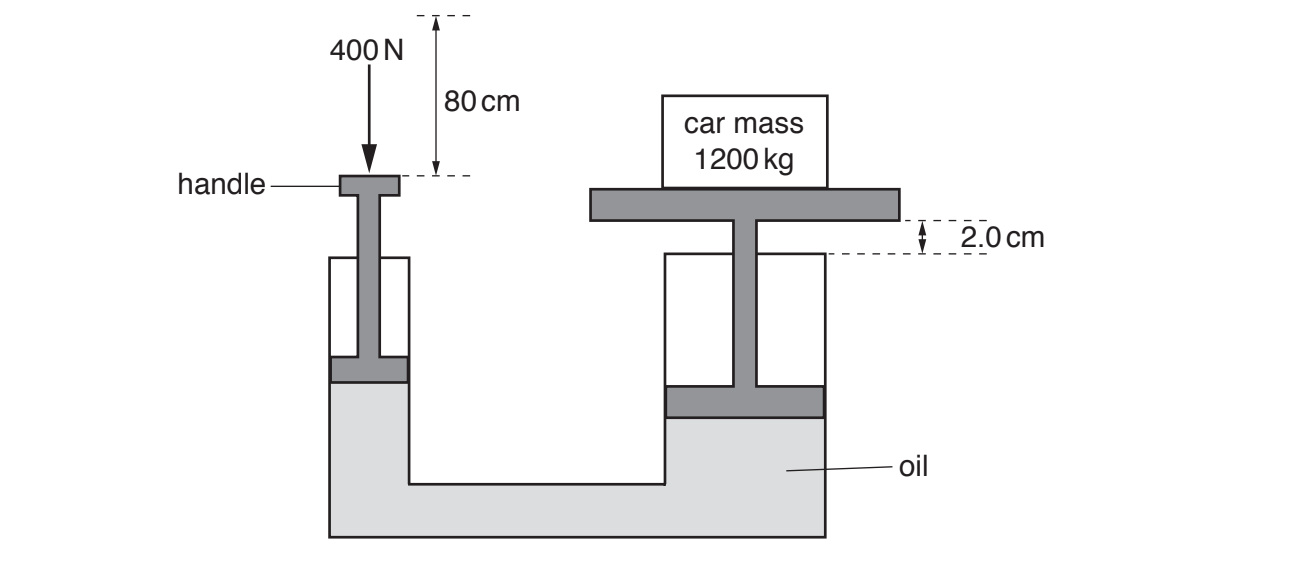Fig. 16 shows a hydraulic jack used to lift a car which has a mass of 1200 kg. A mechanic exerts a downwards force of 400 N on the handle of the jack, moving it 80.0 cm downwards. As he moves the handle, the car rises 2.0 cm.

Fig. 16
Calculate the work done by the 400 N force exerted by the mechanic.
work done = ................................... J
Calculate the ratio .
ratio = ..................................
Calculate the useful work done on the car and hence the percentage efficiency of the jack.
efficiency = ..................................... %
Did this page help you?




